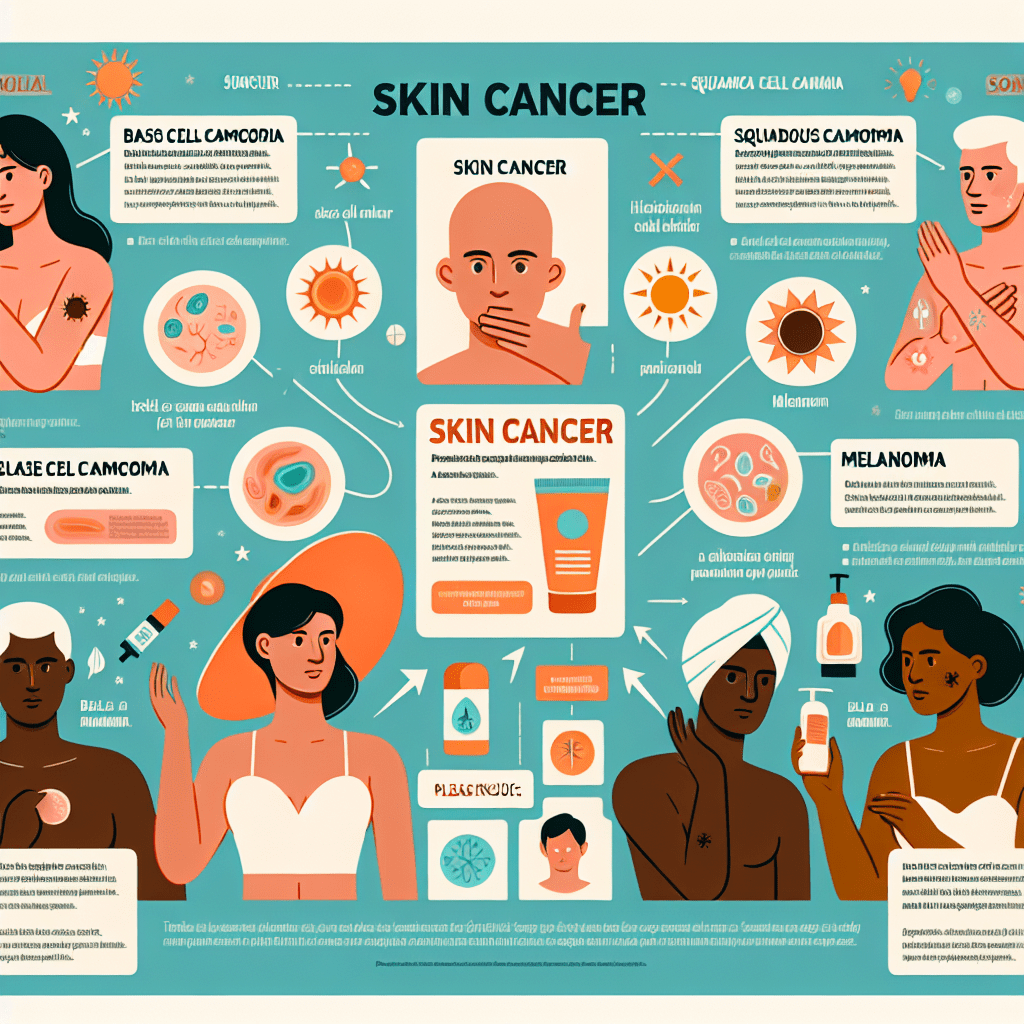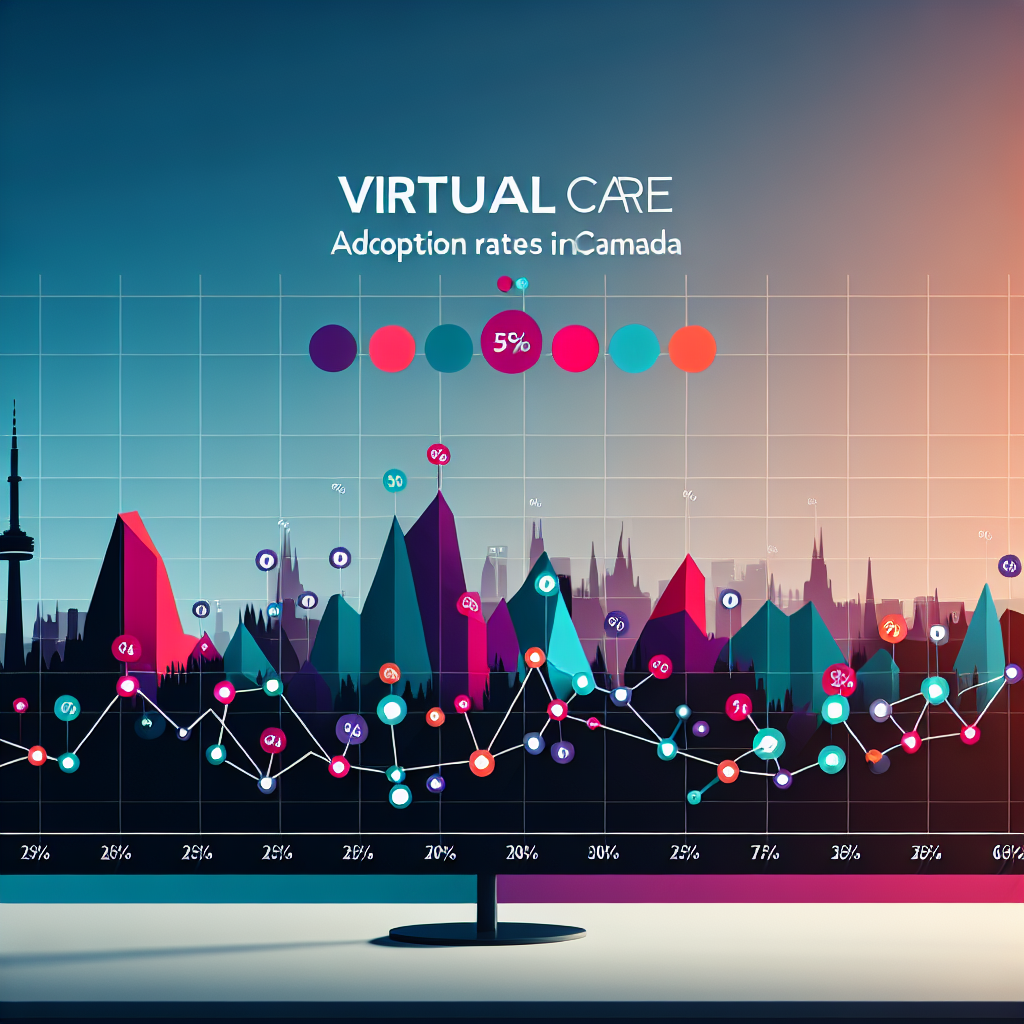===
Understanding skin cancer is critical in today’s world, where exposure to harmful UV rays and environmental factors is becoming increasingly prevalent. Skin cancer, with its various forms, affects millions and can lead to significant health complications if left unchecked. The urgency of gaining knowledge about different types of skin cancer, their risks, and essential prevention strategies cannot be overstated. In this article, we will delve into the nuances of skin cancer, providing you with the insights necessary to safeguard your health and well-being.
Exploring the Different Types of Skin Cancer and Their Risks
Skin cancer primarily encompasses three main types: basal cell carcinoma (BCC), squamous cell carcinoma (SCC), and melanoma. BCC is the most common form, arising in the basal cells of the epidermis. It typically develops in areas frequently exposed to the sun, such as the face and neck. While BCC rarely metastasizes, it can cause significant local damage if not treated promptly. SCC, the second most common type, arises from squamous cells and can be more aggressive than BCC, potentially spreading to other parts of the body if ignored. Melanoma, although less common, is the most dangerous form of skin cancer, known for its ability to metastasize rapidly, making early detection crucial for survival.
The risks associated with skin cancer are multifaceted. Ultraviolet (UV) radiation from the sun and tanning beds is the leading cause of skin cancer, damaging the DNA in skin cells and leading to uncontrolled cell growth. Certain genetic factors and a history of sunburns can increase susceptibility, as can a weakened immune system. Additionally, individuals with fair skin, light hair, and blue or green eyes are at a higher risk due to lower levels of melanin, which offers some protection against UV radiation. Understanding these risk factors is essential for early detection and intervention.
In addition to environmental and genetic factors, lifestyle choices significantly influence one’s risk of developing skin cancer. For instance, inadequate sun protection or frequent sun exposure during peak hours increases vulnerability. Following sun safety practices is crucial in minimizing risks. Regular skin checks can also help identify any unusual changes on the skin, facilitating early diagnosis and treatment. Recognizing the signs and symptoms of skin cancer, such as new moles or changes in existing moles, can empower individuals to take control of their health.
Effective Prevention Strategies for Skin Cancer Awareness
Preventing skin cancer begins with education and awareness. It is vital to stay informed about the importance of sun protection. Wearing broad-spectrum sunscreen with an SPF of at least 30 is a foundational strategy. Sunscreen should be applied generously and reapplied every two hours, especially after swimming or sweating. Additionally, seeking shade during peak sun hours—typically between 10 AM and 4 PM—can significantly reduce UV exposure. Incorporating protective clothing, such as wide-brimmed hats and UV-blocking sunglasses, offers an extra layer of defense against harmful rays.
Regular skin examinations play a pivotal role in prevention. Self-exams allow individuals to monitor their skin for any changes, such as new moles or alterations in the appearance of existing ones. It is advisable to perform these checks monthly, ideally after a shower when the skin is clean and dry. In addition to self-exams, visiting a dermatologist annually can provide a professional evaluation of skin health. Dermatologists can identify precancerous conditions like actinic keratosis and offer early treatment options, significantly reducing the risk of developing skin cancer.
Engagement in a healthy lifestyle also contributes to skin cancer prevention. A balanced diet rich in antioxidants—found in fruits and vegetables—can help protect skin cells from damage. Staying hydrated and avoiding smoking are other vital components of skin health. Moreover, being aware of your family history regarding skin cancer can guide you in taking proactive measures based on your risk level. By integrating these effective prevention strategies into daily life, individuals can significantly decrease their risk of skin cancer and promote overall skin health.
===
Understanding skin cancer, its types, risks, and prevention strategies is essential for maintaining skin health and overall well-being. By adopting protective measures, conducting regular skin exams, and leading a healthy lifestyle, you can effectively reduce your risk of skin cancer. Knowledge is power, and by empowering yourself with the information shared in this article, you can take actionable steps toward a healthier future. For more insights and resources on skin health, consider following up with a healthcare professional or exploring reputable health organizations dedicated to skin cancer awareness. Your health is your most valuable asset—invest in it wisely.
Exploring the Impact of 40,000 Daily Steps on Weight LossEffective Yoga Poses for Optimal Weight Loss and WellnessComprehensive Reviews of Happy Mammoth Weight Loss ProgramRelevant LinkRelevant LinkRelevant Link




